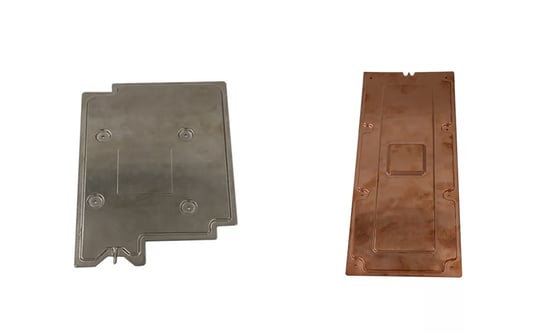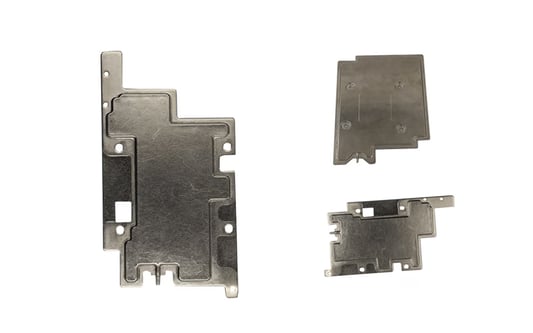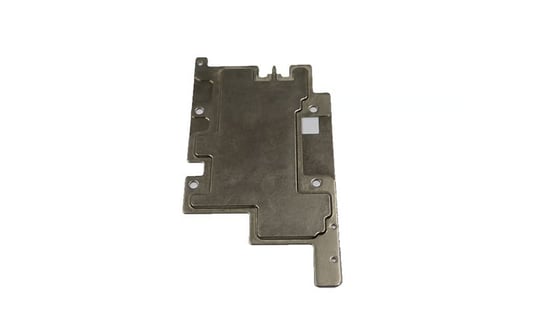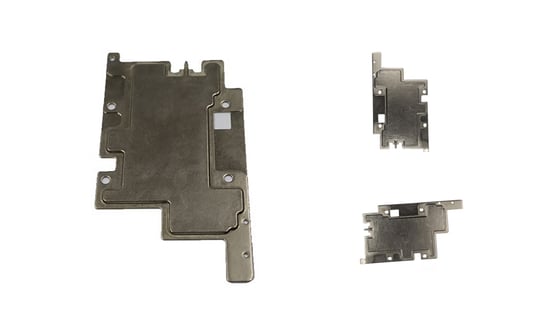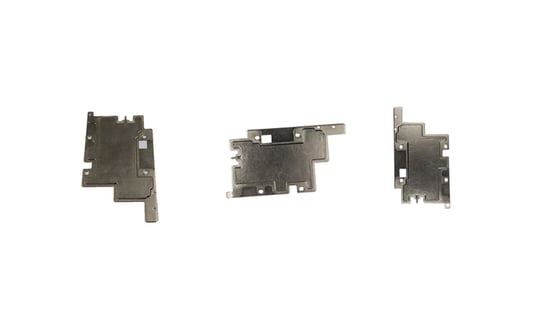The Advantages of Flexible Vapor ChambersFlexible vapor chambers have emerged as a revolutionary technology in the world of thermal management. These chambers offer several advantages over traditional cooling solutions, including improved heat dissipation, enhanced performance, and reduced overall system temperature.Applications of Flexible Vapor ChambersFlexible vapor chambers are being utilized in a wide range of industries and applications. From smartphones and laptops to gaming consoles and electric vehicles, these chambers are playing a crucial role in improving the efficiency and reliability of electronic devices.The Evolution of Vapor Chamber TechnologyOver the years, vapor chamber technology has evolved significantly to meet the growing demands of the market. Manufacturers are constantly innovating and developing new techniques to create more flexible and versatile vapor chambers that can adapt to different form factors and thermal requirements.Challenges in flexible vapor chamber developmentDespite their numerous benefits, flexible vapor chambers also pose several challenges during the development process. Designing chambers that are both flexible and efficient requires careful engineering and testing to ensure optimal performance and reliability.Materials Used in Flexible Vapor ChambersThe materials used in flexible vapor chambers play a critical role in their performance and durability. Manufacturers are exploring new materials and coatings that can enhance the flexibility and thermal conductivity of these chambers, leading to more efficient cooling solutions.Future Trends in Vapor Chamber InnovationAs technology continues to advance, we can expect to see further innovation in the field of vapor chamber development. From advancements in material science to new manufacturing techniques, the future looks promising for flexible vapor chambers and their potential applications.Environmental Impact of Flexible Vapor ChambersOne of the key advantages of flexible vapor chambers is their ability to reduce energy consumption and lower carbon emissions. By improving the thermal management of electronic devices, these chambers can contribute to a more sustainable and eco-friendly future.Cost Considerations for Flexible Vapor ChambersWhile the initial cost of implementing flexible vapor chambers may be higher than traditional cooling solutions, the long-term benefits far outweigh the investment. Improved efficiency, performance, and reliability can result in significant cost savings over the lifespan of the device.Regulatory Compliance in Vapor Chamber DevelopmentManufacturers of flexible vapor chambers must adhere to strict regulatory standards to ensure the safety and quality of their products. Compliance with industry regulations and certifications is essential to gaining consumer trust and market acceptance.Collaboration and Partnership Opportunities in the IndustryThe continued growth and success of flexible vapor chambers depend on collaboration and partnership among industry players. By working together to share knowledge, resources, and expertise, manufacturers can drive innovation and accelerate the development of cutting-edge cooling solutions.Quote Inquirycontact us


